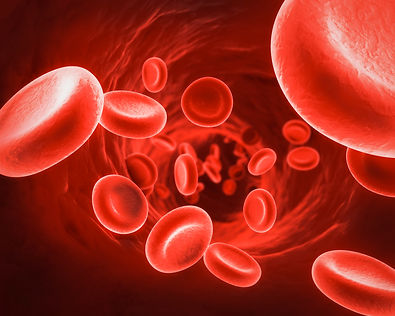
HEALTH & GENETICS
Health Concerns, Information, and Testing
The Kooikerhondje, although a healthy breed, can be genetically prone to the diseases listed below. Due to the diligence of Kooiker enthusiasts around the world, these problems can be controlled through selective breeding. Testing is available for most problems, and we encourage all owners, even pet owners, to submit their dogs for testing so we may monitor and evaluate the health of the Kooikerhondje in the United States.
Good breeders will provide documentation that both parents of any puppy have been tested for those problems where screening tests have been developed.
Read Health Testing Step by Step for instructions on testing a dog and registering it on the Canine Health Information Center (CHIC)

Health Issues in the Kooikerhondje
The following illnesses have been (rarely) noted in Kooikerhondjes, but no screening tests are presently available. Only selective breeding can assist in the avoidance of these problems. Please ask the breeder of any puppy for information regarding these illnesses in the background of his or her dogs.
